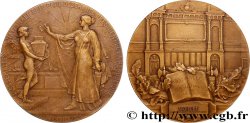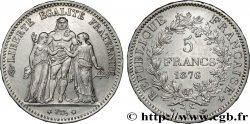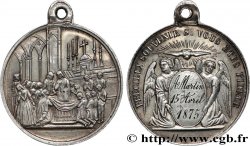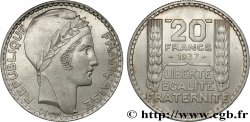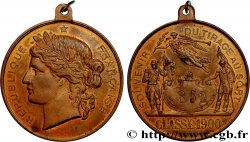E-auction 259-182960 - fme_446495 - III REPUBLIC Plaquette de la Grande source de Vittel
Чтобы принять участие в торгах, вы должны войти в систему и стать подтвержденным участником аукциона. Войдите, чтобы сделать ставку. Ваш аккаунт будет подтвержден в течение 48 часов. Не ждите до закрытия торгов, чтобы зарегистрироваться.Сделав ставку на данный товар, вы вступаете в юридическое соглашение на покупку выбранного товара и нажатием кнопки «Сделать ставку» подтверждаете принятие вами условий интернет-аукционов cgb.fr.
Ставка может бить сделана только в полном эквиваленте евро. Торги закроются согласно времени, указанному в описании товара, все ставки, сделанные после закрытия торгов, учитываться не будут. Не следует откладывать предложение вашей ставки до последнего момента, так как система может не успеть обработать вашу заявку, и ваша ставка не будет принята. Более детальную информацию вы найдёте здесь: FAQ по интернет-аукционам.
БЕСПЛАТНО.
БЕСПЛАТНО.
| Оценить : | 50 € |
| Цена : | 8 € |
| Максимальная предлагаемая цена : | 12 € |
| Конец торгов : | 02 April 2018 18:55:00 |
| Участников : | 5 Участников |
Тип Plaquette de la Grande source de Vittel
Дата: 1909
Монетный двор / Город: 88 - Vittel
Металл: bronze
Диаметр: 76,4 mm
Гравер NICLAUSSE Paul (1879-1958)
Вес: 45,81 g.
Век: lisse
Комментарии о состоянии
Fonte uniface avec une patine hétérogène et deux zones d’applique au revers
Лицевая сторона
Аверс: легенда: LA GRANDE SOURCE DE VITTEL.
Аверс: описание: Nymphe assise, tenant une urne d’où s’écoule de l’eau sur le globe terrestre.
Обратная сторона
Реверс: Описание: incus.
Комментарий
Paul Niclausse, né le 26 mai 1879 à Metz, mort en 1958 à Paris, est un sculpteur et médailleur français de style Art déco. Paul Niclausse naît à Metz pendant l'annexion allemande. Il devient l'élève d'Hubert Ponscarme et de Gabriel-Jules Thomas à l'École des beaux-arts de Paris. Il expose au Salon de la Société des artistes français, où il obtient une mention honorable en 1898 et une médaille de bronze en 1900. Paul Niclausse devient membre de la Société des artistes français en 1903. Nommé professeur à l'École nationale des arts décoratifs à Paris en 1930, il est élu membre de l'Académie des beaux-arts en 1943, à l'Institut de France. Paul Niclausse sera plus tard nommé de la chevalier de la Légion d'honneur. Après s'être installé à Faremoutiers (Seine-et-Marne), il meurt à Paris en 1958.
Un exemplaire ce cette plaquette, monté sur marbre, figure dans les collection du Victorian & Albert Mueum de Londres.
Un exemplaire ce cette plaquette, monté sur marbre, figure dans les collection du Victorian & Albert Mueum de Londres.








 Cообщить об ошибке
Cообщить об ошибке Распечатать страницу
Распечатать страницу Отправить мой выбор
Отправить мой выбор Задать вопрос
Задать вопрос Consign / sell
Consign / sell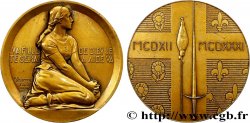
 Информация
Информация